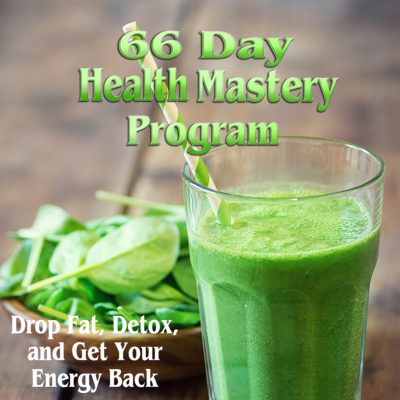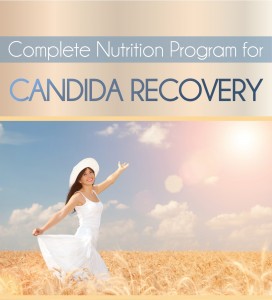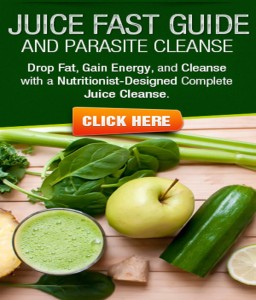After a couple of comments on the quote I posted about the sun, I realized that there are still those who may be unaware that sunscreen is directly linked to cancer. The sun, and its healing abilities, including but not limited to D3 formation on the skin’s surface, (which does not occur with sunscreen blocking it), HEALS the body. The sun does not harm the body. If you are very fair and go out for hours at once and burn to a crisp and then peel, you can increase your risk of skin cancer.
Being blonde, blue-eyed and very fair myself, I had to gradually build up my tolerance of the sun in 20-30 minute increments at a time. Now, I can be in the sun for a couple of hours at a time without even remotely burning. My mom, who is now 66, lived in the sun daily (still does) and has beautiful, tan, skin with nary a wrinkle.
DANGERS OF SUNSCREEN
It is widely known by most people now that Vitamin D is one of the single best preventive measures against all forms of cancer. What is the best source of Vitamin D? The sun on our skin.
So if we know conclusively that Vitamin D is the best protection against all forms of cancer, where and why did we get so manipulated as a society to start believing that we needed to somehow slather our bodies with man made chemicals to protect us from the big bad sun?
SOME FACTS:
Currently, Cancer-causing ingredients do not have to be included in the labeling of sunscreens.
In May of this year, the FDA made public that they were delaying their own regulations in deference to sunscreen manufacturers’ concerns without concern for public safety.
The Personal Care Products Council (PCPC) lobbied the FDA for more time on behalf of the sunscreen corporations. Erica Jefferson, an FDA spokesperson, said that the agency caved to the pressure and extended their compliance deadline to December 2012. Small corporations have an even bigger break; they do not have to comply with the FDA until December of 2013.
THE RESEARCH:
~ A common sunscreen ingredient — synthetic vitamin A — has been found to speed the development of cancer. The FDA supervised and funded studies that showed that key ingredients related to vitamin A used in sunscreens are conclusively carcinogenic. They knowingly prevented the information from being released to the public, until recently. The synthetic vitamin A compound found in many sunscreen brands contain retinol and retinyl palmitate, both found to react negatively in the sunlight, becoming toxic to the system.
~ Synthetic vitamin A has known photocarcinogenic properties – which means it promotes cancerous tumors when used on skin exposed to sunlight. Scientists have known for some time that vitamin A can spur excess skin growth (hyperplasia) and that in sunlight it can form free radicals that damage DNA.
~ Nanomaterials and potential hormone disrupters: The major choice of sunscreens is between “chemical” sunscreens, which have inferior stability, penetrate the skin and disrupt the body’s hormone systems, and “mineral” sunscreens containing nano-zinc and titanium dioxide. Nanotechnology is the science of manipulating matter at the microscopic level.
~ The zinc and titanium dioxide are absorbed into the skin and the blood stream. Scientists warn that chemicals with a molecular size so small, this type of absorption could result in the ‘next asbestos’.
There are no regulations to list nanoparticles on labels, so consumers may be unaware the products they choose may contain these type of ingredients.
~ The Environmental Working Group (EWG) found in extensive testing that only about 8 percent of all sunscreens are safe, whereas the other 92 percent contain at least one (if not many more) of the ingredients designated as detrimental for human use, including increasing cancer risk.
~ Research has confirmed that consistent sunscreen use leads to melanoma by reducing the exposure of the skin to UVB radiation, which suppresses the skin’s natural production of melanin, a protective substance in the body.
SOME MORE DANGEROUS SUNSCREEN INGREDIENTS:
~ Benzophenone-3 (BZ3) or Oxybenzone is very hazardous, according to the Centers for Disease Control and Prevention (CDC). BZ3 is on the list of Registry of Toxic Effects of Chemical Substances (RTECS) because the chemical can be absorbed through the skin and causes endocrine disruption . BZ3 is found in sunscreen moisturizer, lip balm and children’s sunscreen. Synthetic versions of BZ3 are a direct causation of leucocytosis, anemia, and can reduce organ weight and both chronic/sub-chronic oral toxicity.
~ Benzophenone-2 (BZ2) is a cancer-causing agent used as a fragrance in sunscreen, according to the European Commission in Endocrine Disruption (ECED). It is linked to hormonal disruption in humans and animals. High doses cause immunomodulatory effects, which worsens with higher frequency use. The RTECS also classifies BZ2 as a mutagenic toxic substance.
~ Para-Aminoabenzoic Acid (PABA) is a known carcinogen. Sunscreen manufacturers claim to only be using PABA’s derivatives. The FDA has approved PABA to be used in “limited use”.
~ Octyl Methoxycinnamate (OM) is the most prevalent ingredient in sunscreen and is a human endocrine disruptor, according to the ECED. In Japan, their Standards for Cosmetics have banned its use. OM causes cell mutations, liver, photoallergic effects, liver effects and wildlife and environmental toxicity.
Expose yourself to the sun, little by little until your natural melanin builds up. A healthy raw foods diet will increase your body’s natural tolerance for sun. Don’t burn. When you’ve had enough, seek shade or wear hats and protective clothing, rather than put toxins on your body.
Coconut oil mixed with essential oil of carrot seed can also be a great protective barrier to burning.










